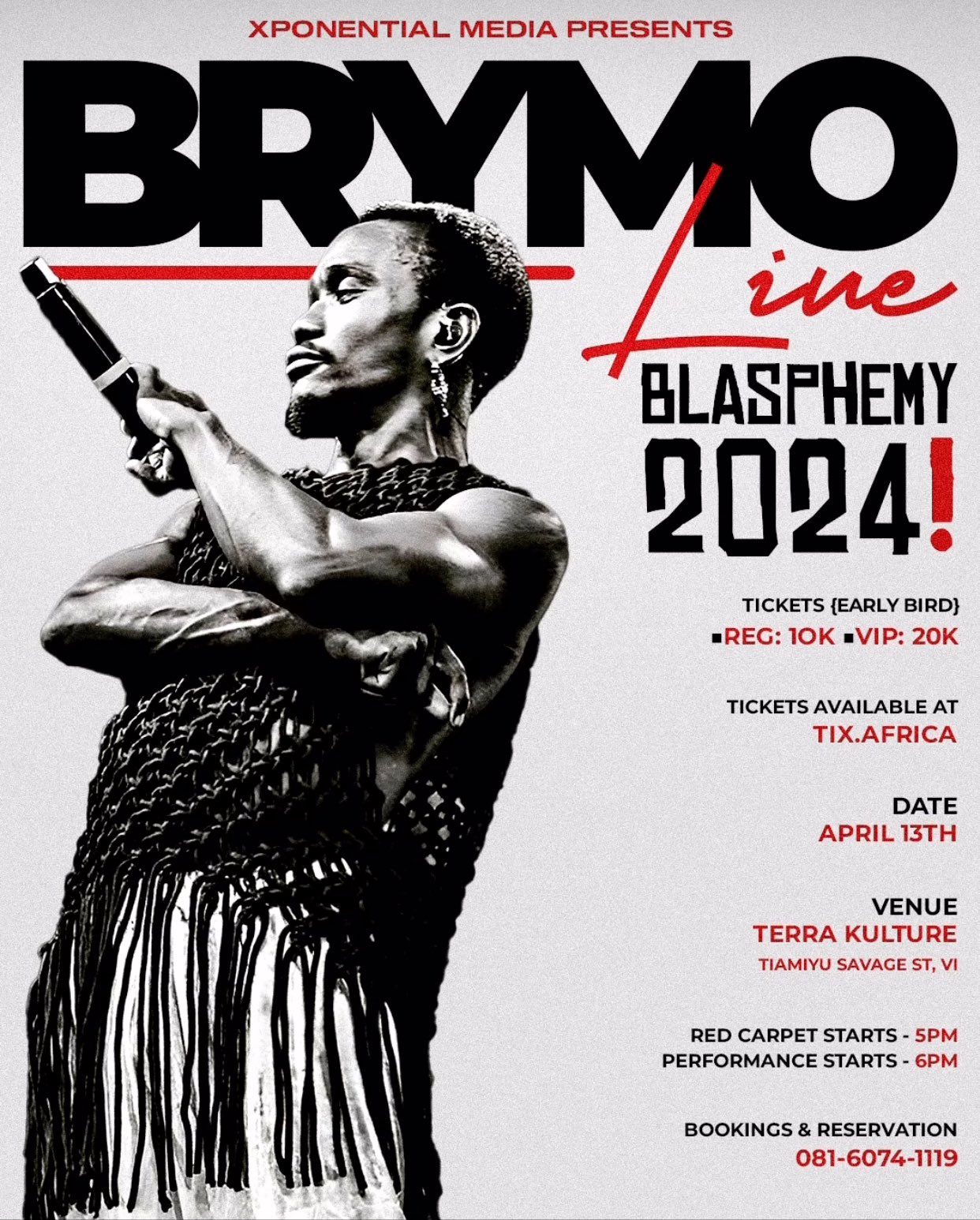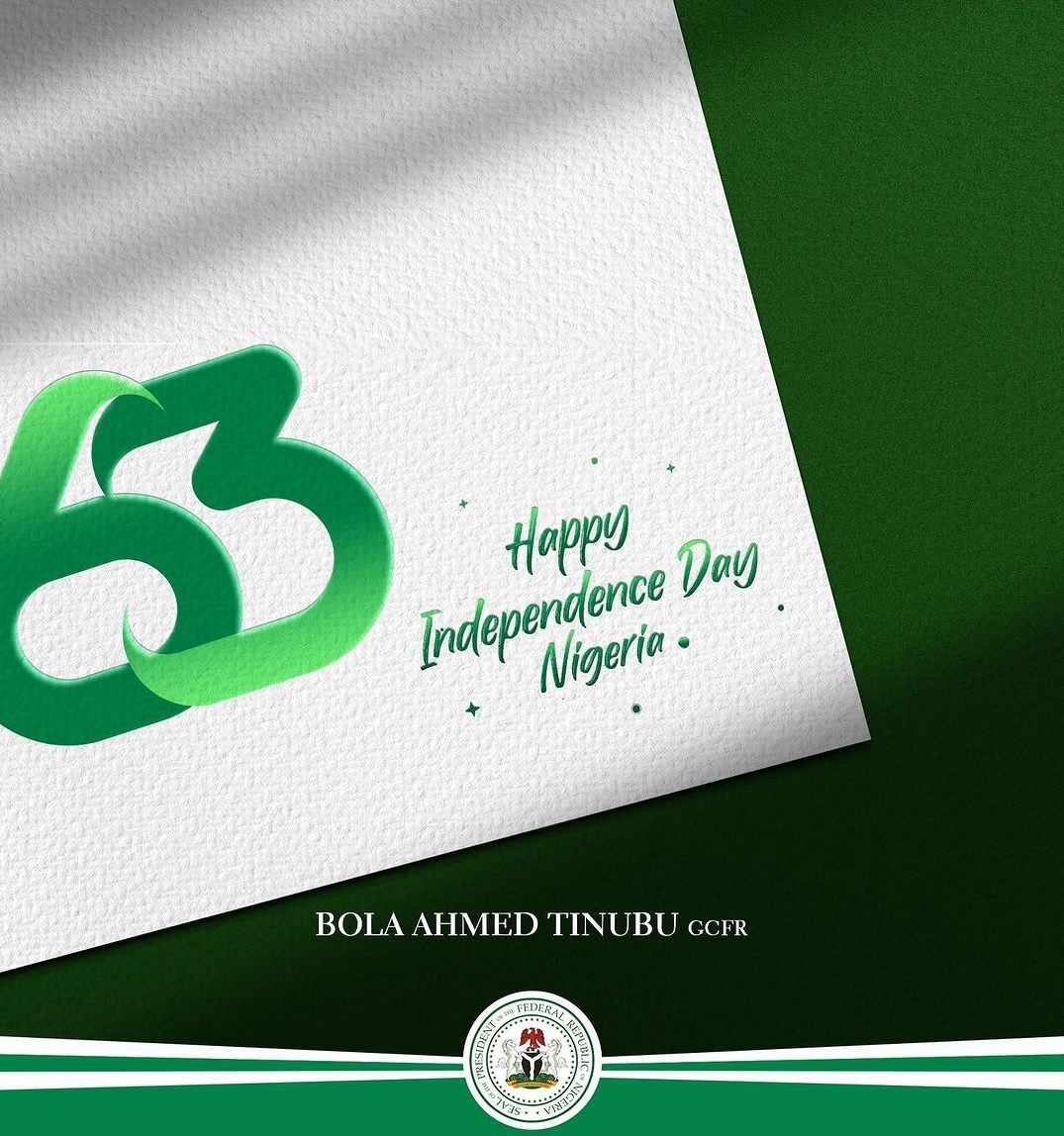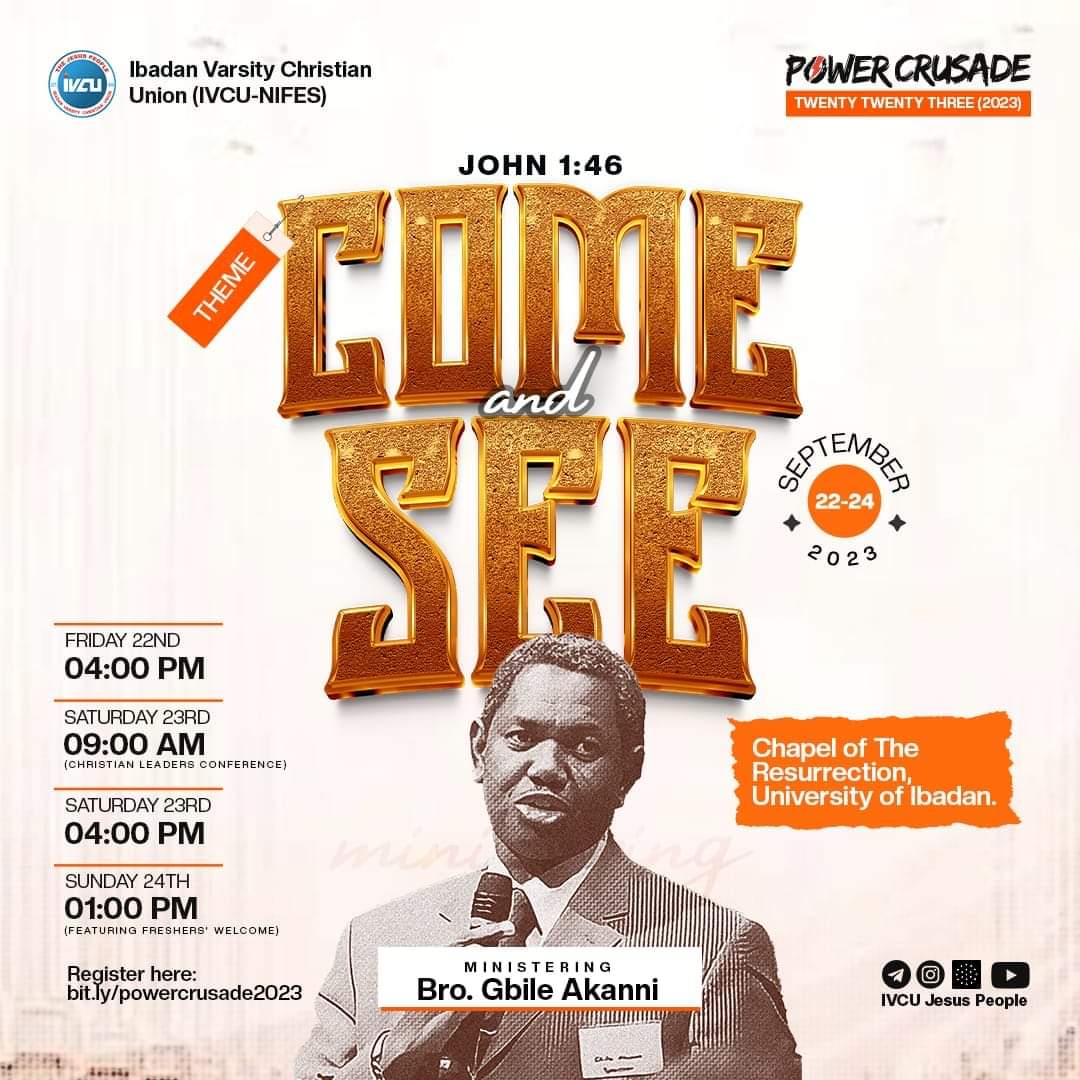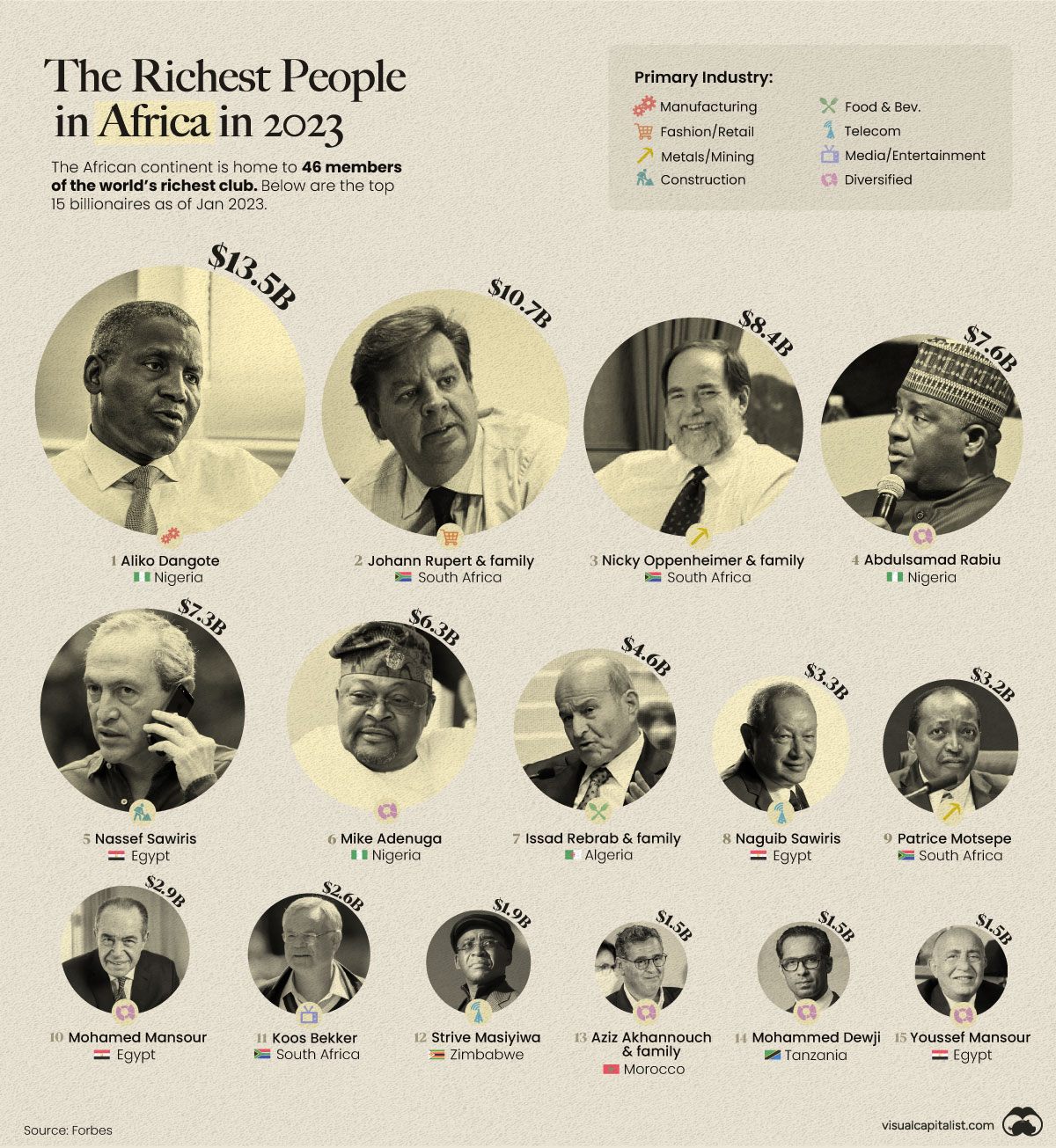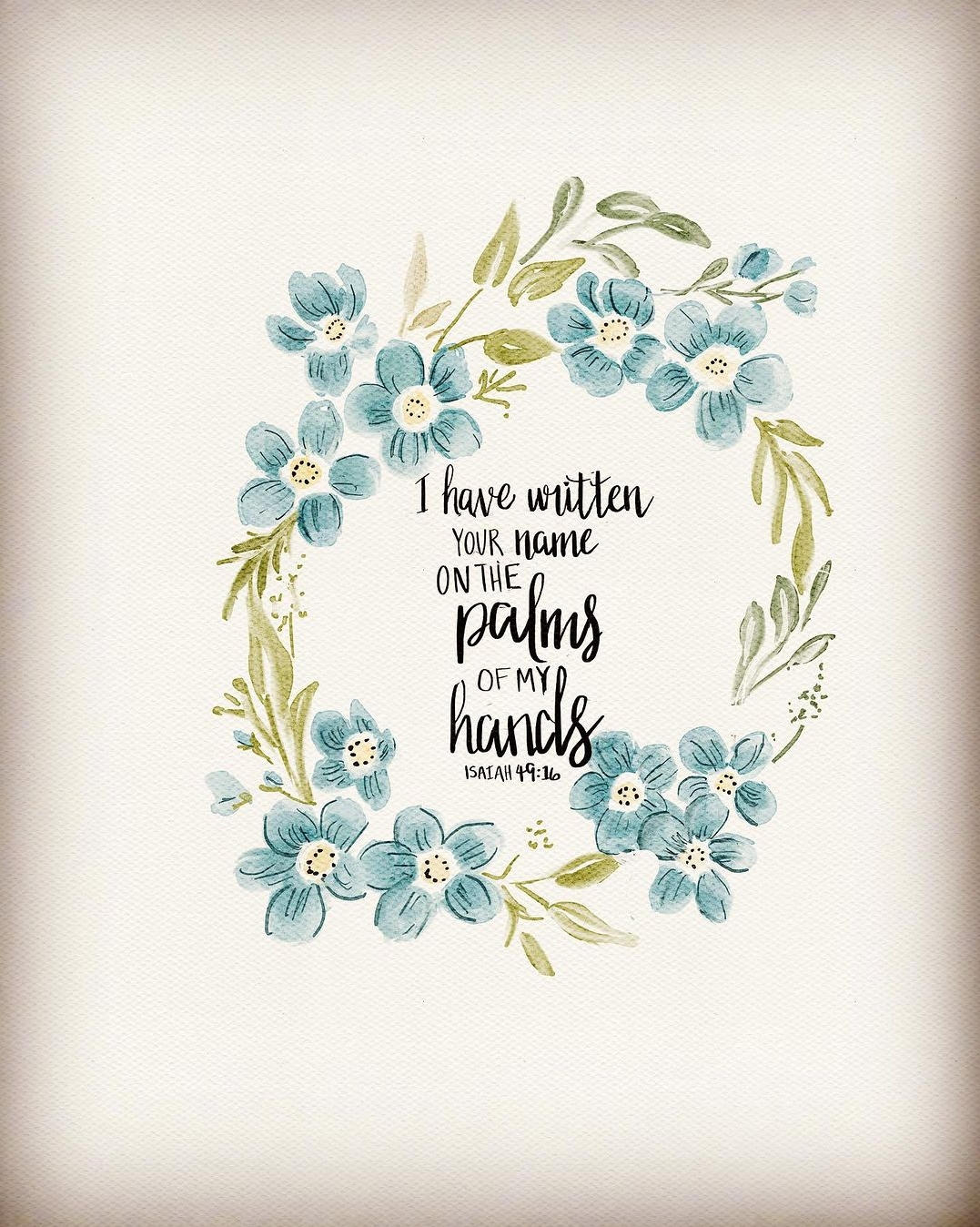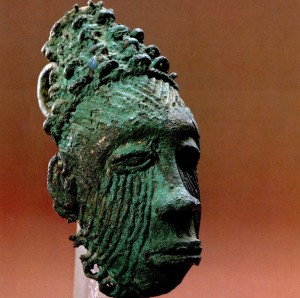
Nri Civilization occasioned a medieval Igbo institution, located in the colonial Awka division. The town of Nri was hypothesized by A.G. Leonard, British royal officer in 1902 as the fountainhead from which all the other clans of Igbo, eastern Nigeria’s tribe of the greatest number, sprung. The culture of Nri, as stated by Onwuejeogwu in a study on Igbo civilization, had its ascendancy from one of the autochthonous cultures of the Anambra basins. The 900 AD. date adduced by Onwuejeogwu for the emergence of the Nri predominance coincides with the carbon-dating age of anthropologist Shaw’s finds at Igbo-Ukwu, a village twenty-five miles south west of Awka. The influence of Nri institution, most potent in the northern and western Igbo lands, may have extended, according to Afigbo, to Benin and Iddah.
The Nri legend of creation consisted of Chukwu, the Igbo God sending Eri to the earth. Eri sat on an ant-hill as the soil was neka neka, or waterlogged. After entireties with Chukwu, an Awka blacksmith was sent to dry up the land. In this time there was no agriculture and Eri with his people were fed with azu igwe, a substance from the interior part of the sky. It was to Nri, who was Eri’s first son that the secrets of agriculture was revealed, and by sacrificing his two children, he was bequeathed with the knowledge of the cultivation of yam and cocoyam. When he repeated the same for two of his slaves, the secret of oil palm and breadfruit tree were added for him. Eri secured a place of prominence for himself as he bargained Chukwu’s request of him to share food items with all people.
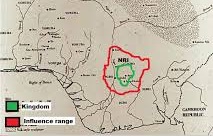
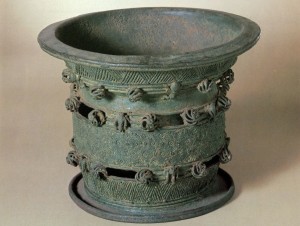
The story of the origination of Nri, according to Adegbe Afigbo, History professor, was a symbolic representation of a less romantic history. He opined that antiquity, for instance, is being represented by the waterlogged land to which Eri descended. The advent of Eri is an assertion of ownership, rather than an attempt to account for creation. With the introduction of the knowledge of metallurgy, symbolised by the coming of Awka blacksmith, came the effective cultivation of land for the production of food. What followed this revolution was population explosion that made a priestly institution like the Nri necessary. From Nri-Awka area rose the population of the Niger Anambra plain and the Asaba uplands to the west of the Niger. These people, having gone west, remained under the ritual hegemony of successive Eze Nri, who conducted themselves as priestly aristocrats.
For the once called Holy city of Nri, a parallel has been drawn by a few scholars with Ile-Ife, the Yoruba spiritual center. Eventhough the Igbo history is almost impossible to tell in a neat fashion, as that of the Yoruba or Benin, a continuum can be observed. The Igbo-Ukwu discoveries which elucidates on much that is known about the Nri culture, concurrent with the ages of the Vikings in medieval Europe, shows some similarities with practices of modern times in that area. The ichi facial scar for example recall the contemporary tribal mark of titled men of Nri. Geometrical designs on excavated potteries resembles designs still carved on wood doors in Awka. The reverence that is being paid to pythons, called eke, may have been represented by snake motifs of the ancient Nri society. The king of Nri, called Eze Nri, is also a priest, and he is surrounded by an elaborate tradition. The ancient Nri institution of king-priests, though the oldest in recorded Igbo tradition, is untypical of Igboland as a whole.



